pretty new to objective-c and VERY new to CoreData - this question feels ridiculously simple, but I can't figure it out despite 1.5 hours of searching! looking for greater minds.
situation: have an Entity in CoreData ("AssetType"), and that entity has one Attribute ("label"). AssetType has a to-many relationship with another entity ("Items"). Items has a to-one relationship to AssetType there are currently 3 values possible for a "label" - "Electronics", "Furniture", "Jewelry".
goal: very simply, i would like to remove one of the values from all objects. i would prefer this be done all in one go instead of via a for-loop on the "many" objects (eww), but truthfully i'm just lost in CoreData and syntax so whatever you can provide would be awesome.
code structure/background: I can paste more in if needed, but i'm using a generic UITableView + UINavigationItem editButtonItem to execute edits (within a UIPopoverController if that matters) - that's where the delete method is coming from - and i'm capturing it via the tableView:commitEditingStyle:forRowAtIndexPath: delegate/protocol method. this part is not the problem - i know where to put the code, i'm just lost in CoreData. :(
twist: AssetType does not currently have a class - it exists purely as a property in the Item class (and a separate entity in CoreData), which has been fine up until now.. but maybe when i need to manipulate the attributes (e.g. delete them!), this is when i need to introduce its own class? hoping that's not the case.
thanks folks!
